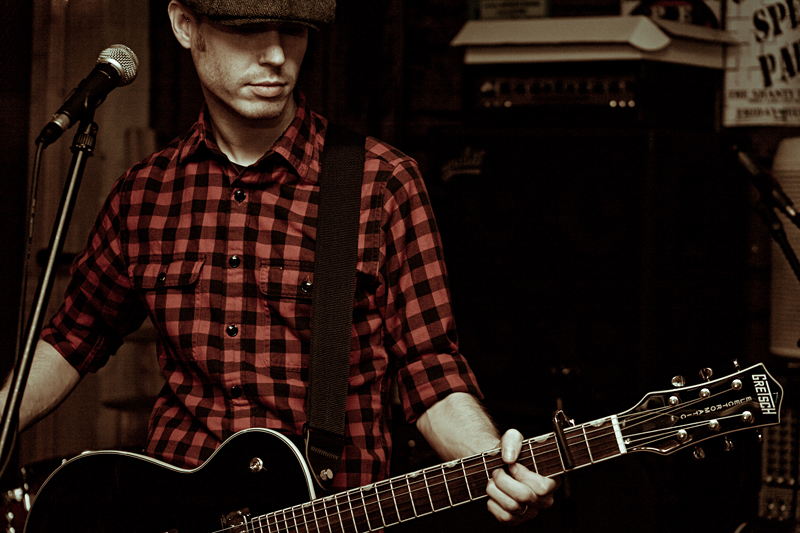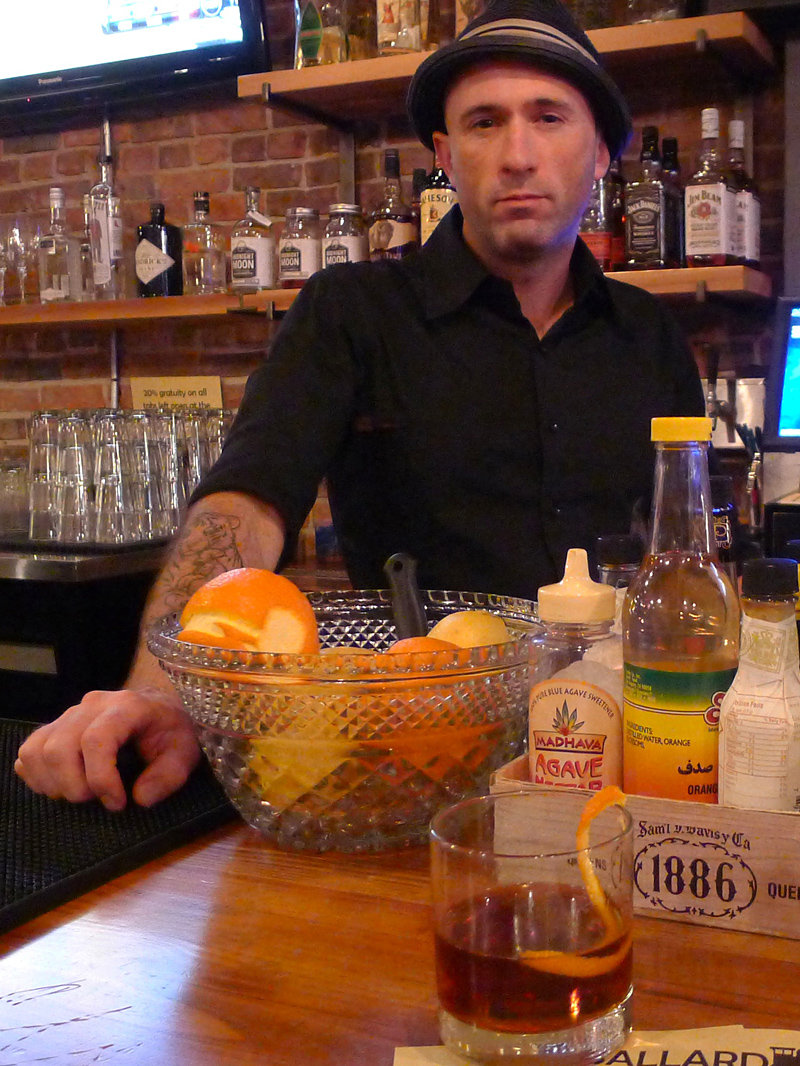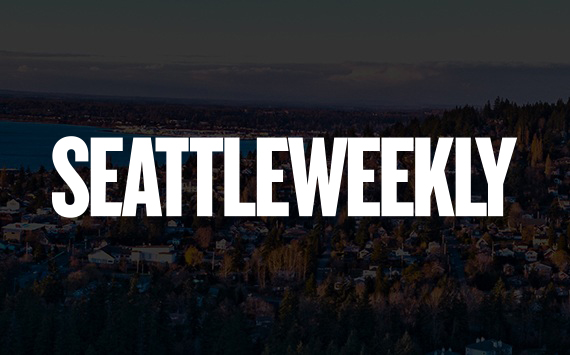About 300 years before the current earthquake/tsunami disaster in Japan, another wave of water swept the Island nation, wreaking havoc and laying waste to entire coastal villages. That tsunami was caused by a massive quake–estimated to have been a magnitude 9.0–that rocked the entire Pacific coast from British Columbia to northern California. According to a U.S. Geological Survey expert and a former University of Washington scientist, the great tremor of 1700 and ensuing “orphan tsunami” could happen again, and Americans should learn from both it and the present situation in Japan.David Yamaguchi and Brian Atwater are the authors of “The Orphan Tsunami of 1700–Japanese Clues to a Parent Earthquake in North America,” published in 2005 by University of Washington Press. The tome details a giant–yet, prior to their research, unconfirmed –earthquake that struck the Washington coast and Puget Sound area in the year 1700.Reached by phone, Yamaguchi says the current chaos in Japan is keeping him glued to the TV. About a decade ago, when he was researching the book, he traveled to some of the same coastal cities that have been hit by the tsunami. Back then he saw evidence of previous tsunamis–things like “sand sheets,” mud and silt deposits left by the waves sweeping over normally dry land–but had a difficult time envisioning the same thing happening in the present.”It’s just as fascinating and scary to us as it is to you,” says Yamaguchi, formerly a professor of dendrology at UW. “All of this stuff we’ve been studying for years. Now, to see it unroll on video footage on TV it’s just amazing.”Back in the mid-1990s, Yamaguchi and Atwater, a USGS researcher, suspected that a massive quake had struck the Puget Sound at some point in the past three centuries. Although no scientific evidence existed at the time, they had several oral accounts from Native Americans, such as this one, from the diary of explorer James Swan: “The water receded and left Neah Bay dry for four days and became very warm. It then rose again without any swell or waves and submerged the whole ofthe cape and in fact the whole country except the mountains . . . many canoes came down in trees and were destroyed and many lives were lost.”They teamed up with a Japanese geologist, Kenji Satake, who combed meticulously kept Japanese records for description of tsunamis in that era. That yielded stories like this one, from the town of Miyako in 1700 — the same place where more than 1,000 bodies reportedly washed ashore today:”The waters drove villagers to high ground, damaged salt kilns and fishing shacks, drowned paddies and crops, ascended a cattle moat, entered a government storehouse, washed away more than a dozen buildings, and spread flames that consumed twenty more. Return flows contributed to a nautical accident that sank tons of rice and killed two sailors. Samurai magistrates issued rice to afflicted villagers and requested lumber for those left homeless.”The American scientists then analyzed tree rings from stumps submerged in shallow coastal waters in Washington, and used radiocarbon dating to pinpoint where and how the 1700 quake occurred. What the record shows is tremendous activity on the fault line between the Cascadia and Juan de Fuca tectonic plates. Like so:image via USGSThe quake–estimated to be a magnitude 9.0–lifted part of the sea floor and displaced a tremendous amount of seawater, causing waves between two and five meters high to travel all the way across the ocean and strike Japan.image via USGSYamaguchi says what’s striking about the current situation in Japan is the level of devastation relative to the nation’s earthquake/tsunami preparedness. The country has rigorous building codes, and especially in northern coastal cities, tsunami education is drilled into all citizens. (An even larger tsunami struck the country in 1611, killing an estimated 8,000 people, and more recently a major tidal wave hit in 1960.) With that in mind, Yamaguchi says he’s worried about what could happen if a similar scenario unfolded in the United States.”We’re used to seeing these in Mexico, Chile, Indonesia, and Haiti–underdeveloped countries,” Yamaguchi says. “We say ‘Everything we have is built better, we’re a modern country.’ The reality, what’s sinking in for all of us, is whoa, we know now that something like this is going to happen here in the future. We don’t know when, and what the events in Japan are telling is, if this were to happen here now the level of preparedness here is much less, we’re way behind.”He cites basic preparation, like putting metal jackets on concrete freeway support columns and tsunami escape route signs, as areas where Japan excels relative to the U.S., but also points to imbued cultural knowledge and the sense of urgency that’s needed when a tsunami is imminent.”Everybody in the world is seeing this stuff on TV,” Yamaguchi says. “The question is if we were to have something like this, let’s say next week, could we translate that TV knowledge in our minds and get everybody on the coast uphill in in 20 minutes? That’s the thing to keep in mind, the essence of time. Most modeling is if you feel a big quake, you’ve got 30 minutes before waves start hitting the coast. That means you’ve got to be where you need to be in under 30 minutes, and that can be tough especially if the roads are all torn up and you’re crawling from your house.”As for the areas in Western Washington that would be impacted if the Cascadia and Juan de Fuca plates shifted again, Yamaguchi says small coastal cities like Ilwaco and Strait of Juan de Fuca areas like Whidbey have the most to fear. He adds “It’s thought that a Pacific tsunami would not make a right turn into Puget Sound, but there is a fault that basically runs along I-90, the Seattle fault, and if that goes then a tsunami could go into the Sound.”Follow The Daily Weekly on Facebook and Twitter.
More Stories From This Author
Fourth of July weekend weather in King County
Expect mostly sunny and warm weather for the Fourth of July weekend in the Puget Sound region. Below is the…
New King county park rangers to begin patrolling Saturday
Council members hope the increased presence of officials will deter break-ins at trailheads.
SR18 closure at I-90 rescheduled to start May 29
Both directions of traffic will be closed around the clock until June 4.






